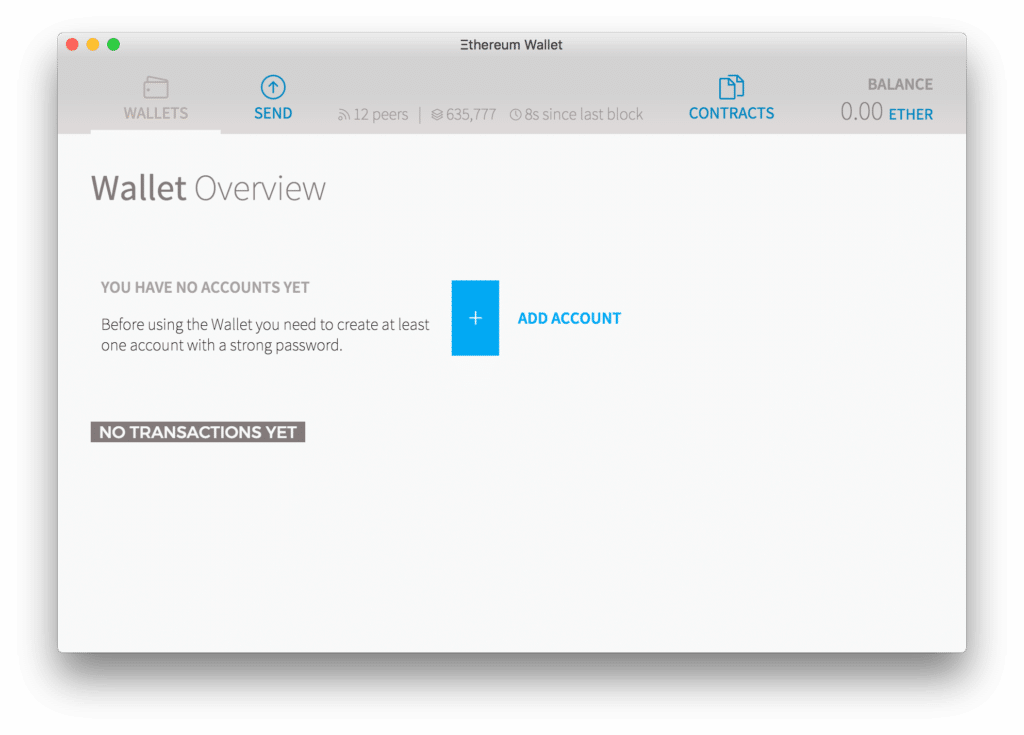
Then, Mist looks for peers – nodes it can connect to so it can download blockchain data from them. If you're not sure where it got installed, just enter its name into your operating system's search bar:Īfter running it for the first time, Mist checks whether or not it has the latest Geth installed on the same machine and then checks for contact with the Ethereum network. deb file.Īfter having downloaded it, run the installation process then run the app. exe file, while Linux users will most often go with the. The file you pick will depend on your operating system. Hence, they are the same, but the latter is limited in functionality. Ethereum-wallet has the browser functionality removed for safety, and only a single dapp installed – the wallet interface. The difference between Mist-installer and Ethereum-wallet is that Mist is, by itself, a web and Ethereum browser as well as a wallet interface. Download the version called Mist-installer, not the Ethereum-Wallet one. omWei(eth.getBalance(eth.coinbase)) to get an account's balance), Mist will provide that same information in the UI without you even having to ask for it. In other words, Geth is both your node and your wallet, but instead of talking to it through obscure commands (i.e. Mist is just a human-friendly interface for talking to Geth. When Geth is running, it synchronizes with the public blockchain by downloading all its data. Mist is a program which connects to Geth in the background, and also serves as an interface for the wallet. To make Geth easier to use, we'll connect to it with Mist. Use of an external SSD USB drive is recommended – it will maintain longevity of your main hard drive and keep it clean. This can take days and use up to several hundred GB. Note: running Geth will initiate the download of the entire blockchain as described in this article about nodes. For example, here's how to check an account's balance: Geth also serves as a console for inputting certain commands and executing specific functions. Simply by running Geth, you're already participating in making the Ethereum network better and stronger.

Left at the default values, Geth will connect to the live Ethereum blockchain (the Mainnet) which we use daily. This software can be things like crypto tokens, decentralized apps, and more.Īfter startup, Geth will connect to the existing live blockchain or create its own, depending on provided settings. In simpler terms, Geth is a program which serves as a node for the Ethereum blockchain, and via which a user can mine Ether and create software which runs on the EVM – the Ethereum Virtual Machine.


Geth is an implementation of an Ethereum node in the Go programming language. In this article, we'll explain the tools Geth and Mist.įor a better understanding of the content that follows, please read:


 0 kommentar(er)
0 kommentar(er)
